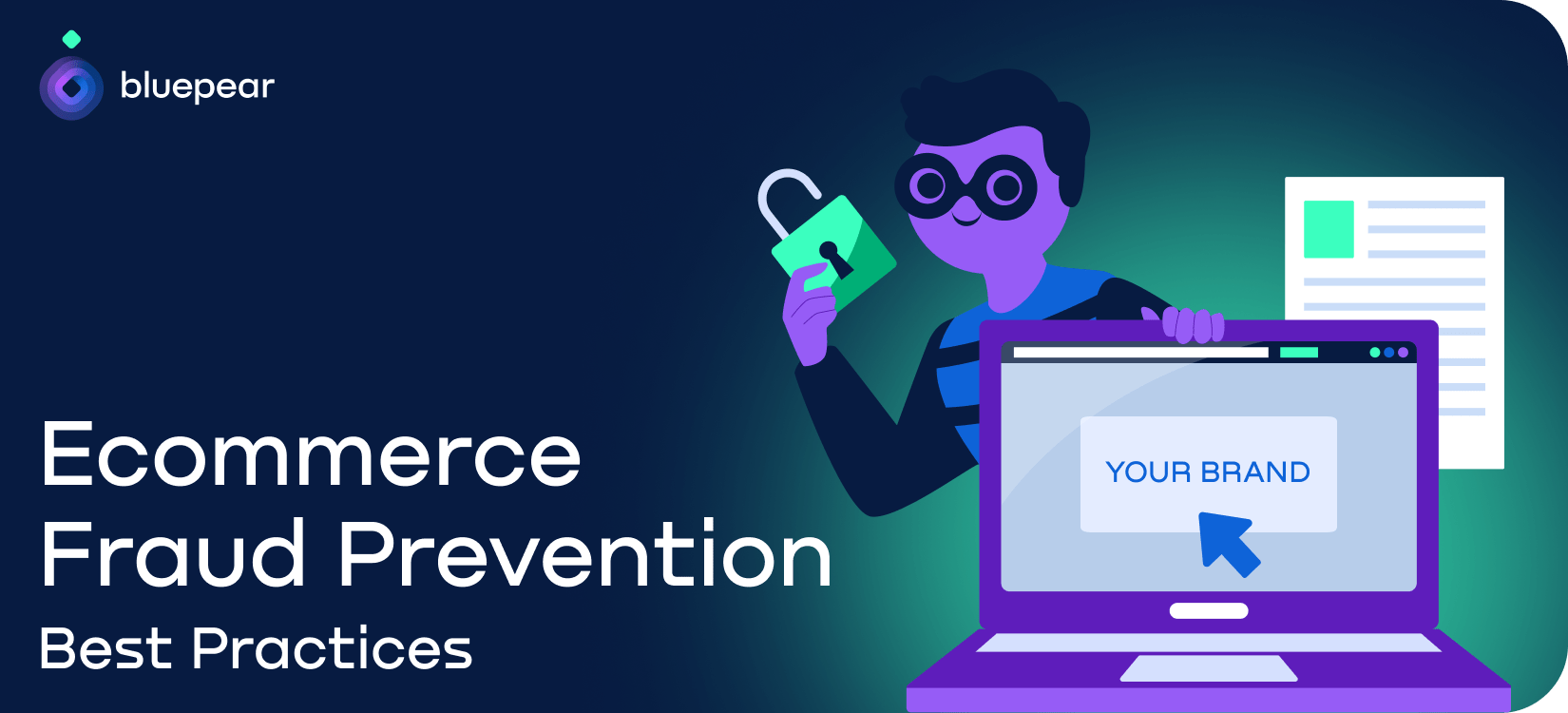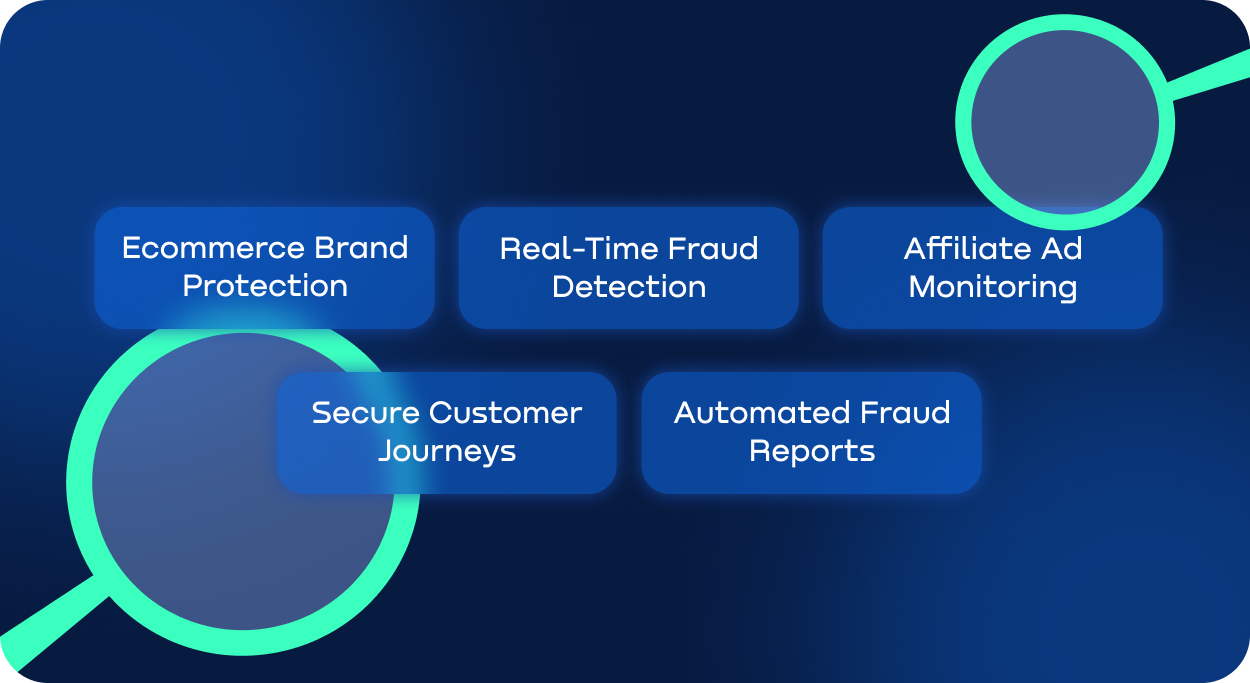
Contents
According to Juniper Research, in 2024, ecommerce fraud losses reached $44 billion, and are projected to rise to $107 billion by 2029 — a 143% increase. The numbers are impressive, aren’t they?
Here are recent stats highlighting the state of ecommerce fraud management:
• For every $100 lost to fraud, businesses incur $207 in total costs, including fees, shipping, and chargebacks.
• Three out of four ecommerce companies intend to raise their spending on fraud prevention measures.
• An average online retailer relies on around five different tools to detect and prevent fraud.
• Nearly 6 in 10 ecommerce businesses have reported a rise in fraud linked to digital payments.
• Approximately 90% of online merchants submit evidence reports to dispute chargeback requests.
These trends highlight the growing importance of investing in ecommerce security and fraud protection strategies. Ecommerce fraud is growing fast and puts business profits and stability at serious risk. Companies need to work on ecommerce fraud management now to avoid bigger damage to their businesses.
As you see, proactive ecommerce brand protection is a must, not an option anymore. Falling behind on fraud prevention means giving competitors an edge—not just in security, but in customer trust and market share. To stay competitive, businesses must match or exceed industry standards. This means investing in advanced tools, faster response systems, and data-driven strategies for ecommerce fraud protection.
In this ecommerce fraud guide, we’ll explore why fraudulent transactions are on the rise and how to combat them. We’ll also break down the ecommerce fraud prevention best practices and learn how to choose ecommerce fraud prevention software.
Why Ecommerce Fraud Is on the Rise
Ecommerce fraud management isn’t just about protecting consumers — it’s about shielding online merchants. Fraudsters are getting more creative, and merchants are the ones paying the price: through chargebacks, fake leads, wasted ad spend, and brand damage.
Let’s look at the most popular fraud methods that drain merchants’ budgets and harm their reputation:
Card testing. Fraudsters stole credit card numbers and test them by making low-cost purchases at online shops. This way they understand if the card still works and they can use it for larger profits.
The problem is that the merchant may receive hundreds of such small transactions. Ecommerce platforms may consider this activity suspicious and flag the merchant’s account. Worse, it can even be shut down by payment processors.
Example: An online store sees a sudden spike in $1 purchases — then a wave of chargebacks a week later. They lose the money, pay dispute fees, and risk payment gateway penalties because of insufficient ecommerce fraud management.
Fake accounts. Fraudsters create fake customers accounts to abuse bonuses, discounts, cashback, and referrals. They use automated bots to profit from ecommerce brands.
Why does it hurt merchants? Bots skew data and waste marketing resources which were supposed to attract real customers and help the business grow. What’s more, such traffic inflation opens the door to fake reviews which may take down any ecommerce shop.
Example: A merchant runs a “$10 off for new users” promo. Fraudsters register 500 fake emails, costing the store $5,000 in discounts with zero real customer growth.
Affiliate fraud. Ecommerce brands use affiliate programs to drive performance-based sales. But some dishonest affiliates try to earn commissions without bringing real customers. The most common tactics are:
• Brand bidding. Affiliates use branded keywords to attract users who already know the brand and are ready to make a purchase. Merchants essentially pay commission for their own organic traffic.
• Fake traffic. Affiliates use bots or paid click farms to generate activity that look like real customers' actions. Merchants pay commissions for clicks that never convert.
• Cookie stuffing. Affiliates drop tracking cookies into users' browsers through pop-ups or malware. If a user later buys from the store, the fraudster claims credit for no real added value.
Example: A merchant pays $15,000 in monthly affiliate commissions. After an audit, they discover 40% of that spend went to clicks that were generated by bots. That’s $6,000/month in wasted budget. So, ecommerce brand protection becomes essential due to the rise in deceptive tactics. Without it, merchants risk losing their revenue, wastIng marketing investments, and getting negative feedback from customers.
To fight against fraudsters, brands have to implement ecommerce fraud prevention best practices. Let’s take a closer look at them in the next section.
Ecommerce Fraud Prevention Best Practices
Fraud tactics develop over time and become more sophisticated. Fortunately, so do the methods of ecommerce brand protection. Once you understand the risks from this ecommerce fraud guide, the next step is to follow the best practices in the niche.
Effective ecommerce security and fraud protection relies on both technology and smart processes. Here’s a list of ecommerce fraud prevention best practices:
Implement fraud detection tools. To stay ahead of fraudsters, merchants need to use advanced online fraud detection systems that analyze behavior in real time. These tools detect unusual patterns like sudden purchase spikes, mismatched billing or shipping info, etc. This way you can significantly enhance your ecommerce brand protection.
Monitor affiliate traffic for red flags. Affiliate programs can be a powerful growth channel, but if left unchecked, they can quickly become a source of revenue loss. Merchants should routinely audit affiliate traffic for common abuse patterns such as fake conversions, cookie stuffing, and paid search violations.
Enable multi-step verification and secure checkout. Strong user authentication helps protect both your business and your customers. Add multi-step verification for account logins and use secure checkout processes that encrypt payment data.
Work with trusted fraud prevention software providers. Partnering with a fraud prevention service gives you access to professional tools and expertise. Solutions like Bluepear focus on brand protection and affiliate fraud detection. They help merchants prevent payouts on fake leads and block abusive traffic before it causes financial damage.
Track and block high-risk geos and devices. Certain regions or device types may carry a higher fraud risk. Use IP and device fingerprinting to identify patterns linked to fraudulent activity. These steps form the foundation of any reliable ecommerce fraud guide and should be part of every merchant’s strategy. Following ecommerce fraud prevention best practices helps merchants protect revenue and maintain trust in a competitive online market.
Learn more about how to prevent affiliate fraud in our recent article.
How to Choose Ecommerce Fraud Prevention Software
Ecommerce fraud prevention best practices include using modern tools. Choosing the right ecommerce fraud prevention software can save your business time, money, and stress. Here’s what to look for:
Affiliate monitoring. The system should track traffic from affiliates to catch common scams like fake leads, cookie stuffing, or bot-driven clicks. This helps protect your budget and ensures you only pay for real results.
Custom rules. Choose software that allows you to create your own fraud filters. This lets you block suspicious activity based on your store’s specific patterns — like unusual order amounts, mismatched shipping info, or repeat attempts from the same IP.
Real-time alerts. Make sure the tool notifies you instantly when something doesn’t look right — like high-risk transactions or abnormal user behavior. Fast alerts mean you can stop fraud before it turns into a loss.
As for Saas and custom platforms, there is a significant difference between them. SaaS (software-as-a-service) tools are ready to use, updated regularly, and easy to set up. They’re great for most ecommerce businesses. Custom platforms take more time and money to build but give you full control. Choose SaaS if you want speed and simplicity. Go custom if your business has complex needs or strict security rules.
All in all, ecommerce fraud prevention software covers much more than manual monitoring. If you choose the right tool, you’ll get automated protection, real-time alerts, and affiliate traffic control.

Brand Protection Beyond Fraud Prevention
No ecommerce fraud guide is complete without addressing brand protection — from trademark misuse to affiliate abuse. A solid strategy should cover more than just transaction-level fraud.
Detecting Unauthorized Use of Your Brand. Your software should support trademark infringement reporting to help you find and respond to illegal use of your brand name, logo, or slogans. Fraudsters and dishonest affiliates may use your identity to trick users or drive traffic to fake or low-quality sites. With proper reporting tools, you can react quickly and protect your brand’s image before it takes a hit.
Ad monitoring. Partners may run ads using your brand keywords without permission. This is not only against most affiliate terms but also wastes your ad budget — since you’re paying commissions for traffic that would’ve come to you anyway. A good protection tool should flag these violations so you can address them early.
Affiliate activity oversight. Some affiliates fake traffic, leads, or clicks to earn commissions. Others may drive low-quality or non-compliant traffic that harms your brand in the long run. Your software should give you visibility into how traffic is being generated and help you cut off bad actors. In short, brand protection is an ongoing task — not a one-time setup. With ecommerce fraud prevention software, you’ll stay in control of how your brand is used and make sure every partner actually adds value.
Ecommerce Brand Protection Checklist
A quick ecommerce fraud guide to key best practices for protecting your online store:
• Ecommerce brand protection – Monitor and report trademark misuse to stop brand abuse.
• Real-time fraud detection – Identify suspicious activity instantly to reduce chargebacks.
• Affiliate ad monitoring – Catch unauthorized brand bidding and fake traffic from partners.
• Secure customer journeys – Use verification and encryption to protect user data.
• Automated fraud reports – Get clear insights and alerts to act on threats fast.
Stay proactive, stay protected — the right tools and habits can keep your ecommerce business one step ahead of fraud.
Final Thoughts
From affiliate scams to brand misuse, the threats are real — but so are the solutions. As the saying goes, "An ounce of prevention is worth a pound of cure." By following ecommerce fraud prevention best practices and using this ecommerce fraud guide, merchants can reduce risks. Strong ecommerce security and fraud protection isn't optional — it's a competitive advantage in today’s high-risk digital environment.

